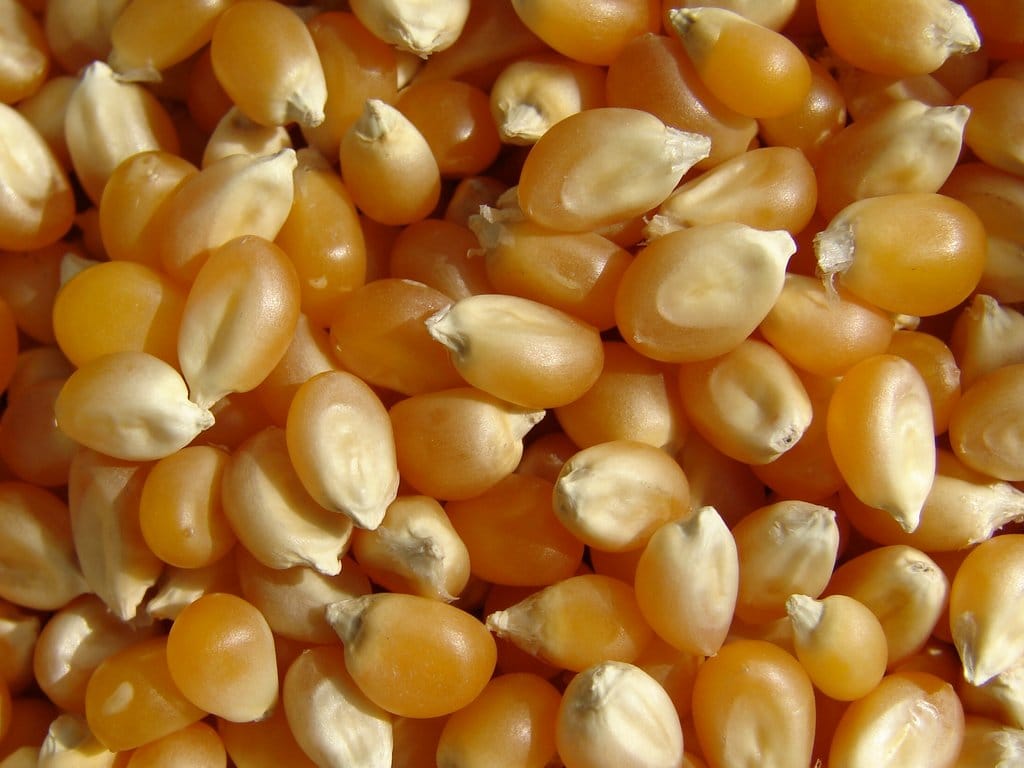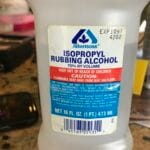Get ready to pop some knowledge about the lifespan of popcorn kernels. We’ll explore their shelf life, ideal storage practices, and how to tell if they’re past their prime. Grab your favorite popping bowl and let’s dive in!
## Understanding Popcorn Kernel Shelf Life
Ever wondered how long those unpopped kernels last? Unlike some perishable foods, popcorn kernels have a surprisingly long shelf life, primarily due to their low moisture content. They don’t truly “expire” in the sense of becoming unsafe, but their popping performance and flavor can certainly diminish over time. This decline is primarily caused by moisture loss and, to a lesser extent, oxidation. Always wondered how groundhogs climb trees? Then, you should [do groundhogs climb trees](https://www.lolaapp.com/do-groundhogs-climb-trees).
### What Affects Popability?
Inside each kernel, a small amount of water is trapped. When heated, this water turns to steam, creating pressure that eventually bursts the kernel open into fluffy popcorn. As kernels age, they naturally lose some of this internal moisture, leading to a lower popping rate, smaller popped kernels, and a tougher texture. Oxidation, particularly in pre-seasoned kernels, can cause oils to go rancid, impacting the final taste.
### How Long Do Kernels Last?
Unopened, commercially packaged kernels typically last for one to two years in the pantry, sometimes even longer. Once opened, they should be transferred to an airtight container or, ideally, a vacuum-sealed bag to maximize freshness. Even with proper storage, some experts believe that quality starts to decline after about a year. However, plain, unflavored kernels stored under ideal conditions can last much longer, potentially indefinitely, although their popping performance might not be optimal. Are you curious about the grammar rules on italicizing song titles? Click on [do you italicize song titles](https://www.lolaapp.com/do-you-italicize-song-titles).
## Recognizing Stale Kernels
How can you tell if your kernels are past their prime? Here are some key indicators:
### Visual Clues
* **Low Popping Rate:** A significant increase in unpopped kernels (“old maids”) suggests staleness.
* **Appearance:** Look for brittleness, discoloration (unusual darkening), or a dusty appearance.
* **Mold or Pests:** Any signs of mold, unusual discoloration, webbing, or insect activity warrant immediate disposal.
### Smell Test
A musty, stale, or rancid odor indicates that the kernels are likely past their best and should probably be discarded. Pre-packaged microwave popcorn with a strong rancid smell suggests the oils have gone off.
### Pop Test
The ultimate test is to pop a small batch. If the popping rate is low, the popped kernels are small, tough, or not as flavorful, it’s time to replenish your supply.
## Storage Tips for Maximum Freshness
Proper storage is crucial for preserving the popping power of your kernels.
* **Airtight Containers:** Opt for airtight containers or vacuum-sealed bags to minimize moisture loss and oxidation.
* **Cool, Dry, and Dark Location:** Store kernels in a cool, dry, and dark place like your pantry. Avoid storing near heat sources, in direct sunlight, or in humid environments like the refrigerator or freezer. Fluctuating temperatures can actually contribute to moisture loss.
* **Freezing for Long-Term Storage:** Surprisingly, the freezer can be a good long-term storage option for plain kernels, as the extremely dry, cold environment minimizes chemical changes. Ensure kernels are in airtight containers to prevent moisture absorption.
## Can You Eat Expired Popcorn Kernels?
While “expired” kernels with no signs of spoilage are *likely* safe to eat, their quality and taste might be significantly diminished. They probably won’t pop as effectively, and the popped kernels might be smaller and tougher.
If there’s any sign of mold, unusual discoloration, an off-putting smell, or insect activity, discard the kernels immediately.
## What To Do with Stale Kernels
Stale kernels that are still safe to consume (no mold or insects) can have a second life:
* **Reviving Kernels:** Spread them in a single layer on a baking sheet and bake at a low temperature (around 200°F) for a few minutes. This may help reintroduce some moisture.
* **Alternative Uses:** Grind stale kernels into cornmeal for use in cornbread, polenta, grits, or as a crunchy topping for salads or casseroles.
## Conclusion
By starting with fresh, high-quality kernels and storing them properly, you can maximize popping performance and ensure a delightful snacking experience every time. Remember, while stale kernels are usually not harmful, the taste and texture will suffer. Prioritize quality and freshness for the best bowl of popcorn!
- Discover Long Black Pepper: Flavor & Health Benefits - April 25, 2025
- Shocking Twists: The Grownup Review: Unreliable Narration - April 25, 2025
- A Quiet Place Book vs Movie: A Deep Dive - April 25, 2025

















2 thoughts on “Do Popcorn Kernels Go Bad? The Shelf Life and Storage Guide”
Comments are closed.